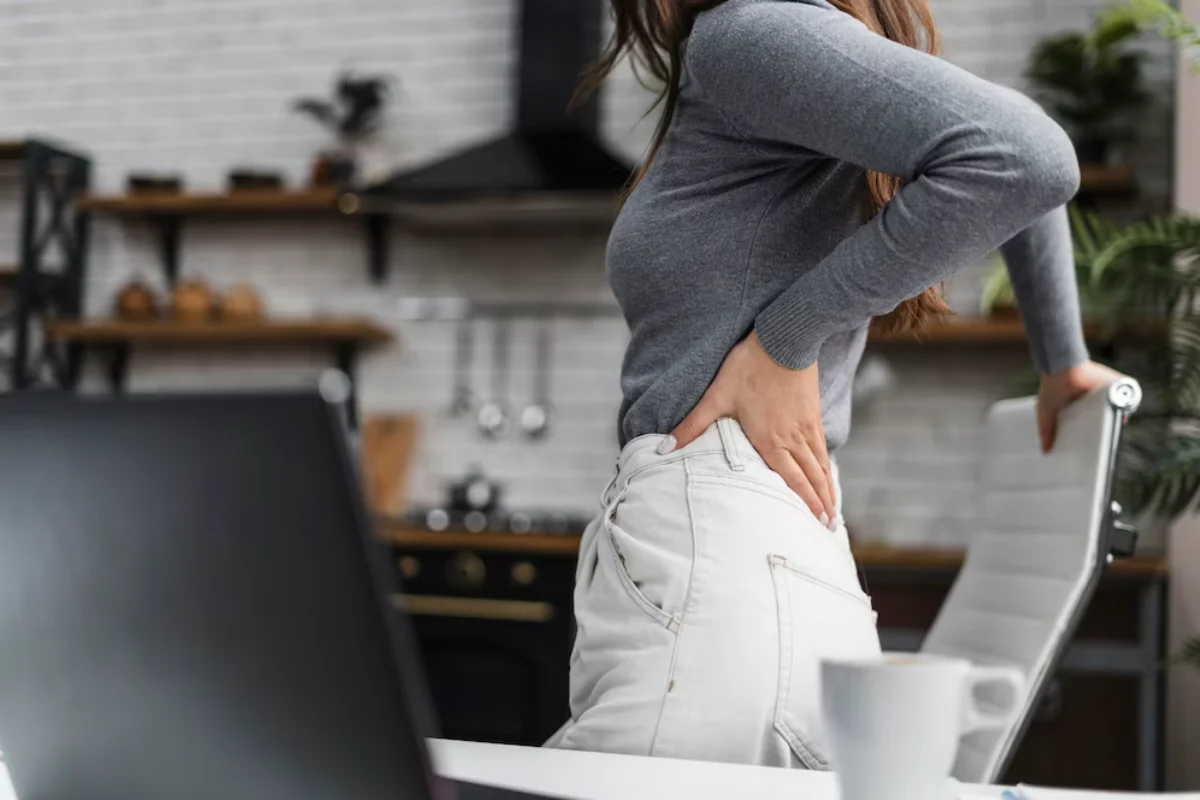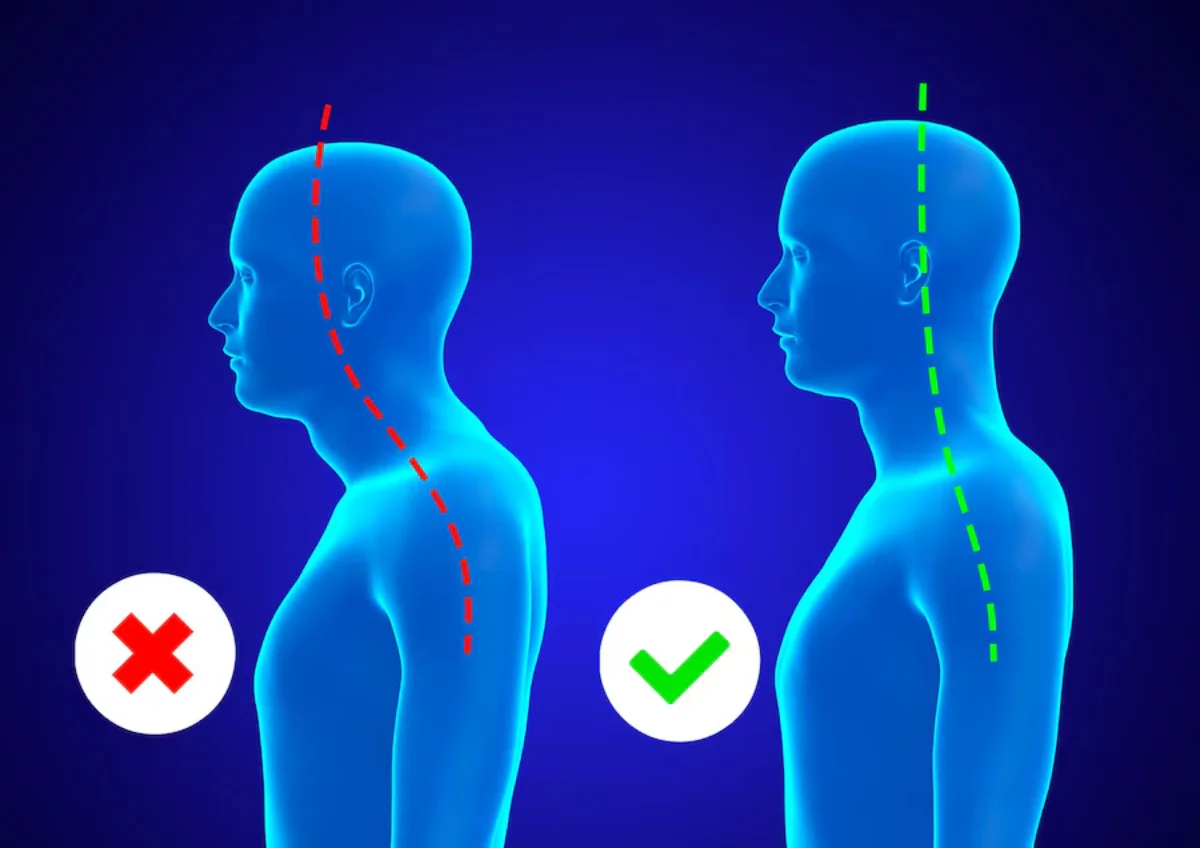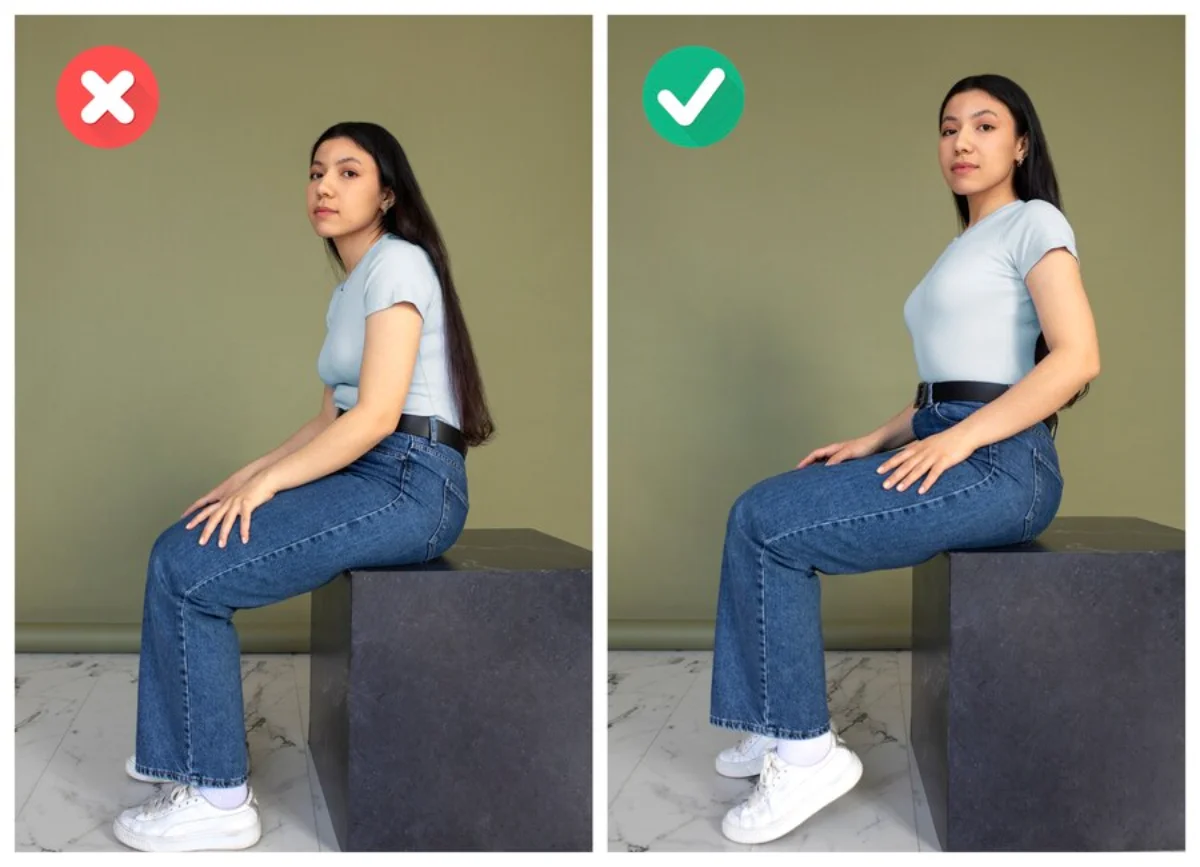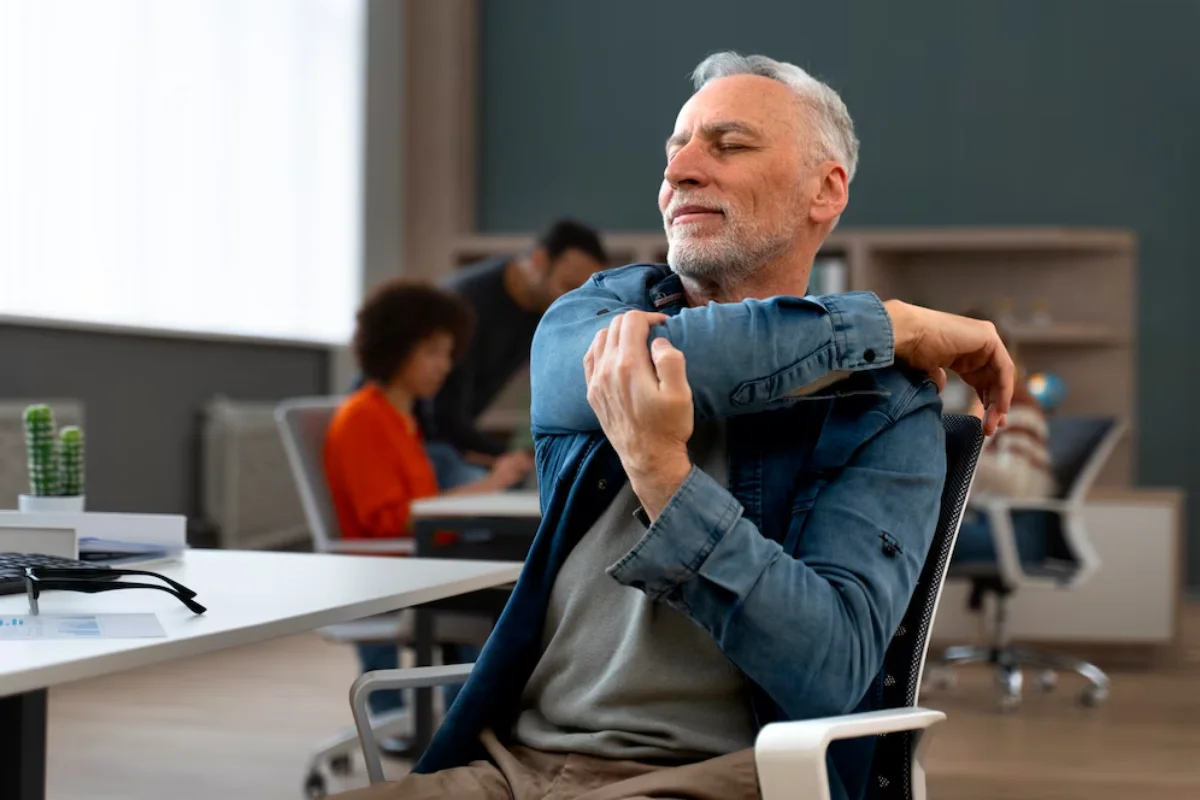
How to Improve Your Posture and Reduce Back Pain
Today, most people spend time crouched over computers or smartphones. This slouch can alter our appearance and can cause long-term back pain. The good news? As such, there are simple adjustments you can make in your daily routine that’ll improve posture and alleviate back pain. This blog shares some of our top posture tips, how to prevent back pain, and how to set up your desk more ergonomically. By the end, you’ll learn how to maintain a healthy posture daily.

Why Good Posture Matters
Good posture is vital for our health and well-being. Here are some key reasons:
Improved Physical Health
Good posture aligns the body and helps muscle, joint, and ligament function. This alignment reduces the potential for strain and injury, particularly in the back, neck, and shoulders. Good posture can also reduce musculoskeletal disorders and chronic pain.
Enhanced Breathing and Circulation
The slouch compressed your lungs, reducing the flow of air. Good posture also opens the chest, allowing your lungs to expand and take in more oxygen. It also improves circulation to deliver nutrients and oxygen to your body’s tissues.
Boosted Confidence and Mental Health
Good posture can help improve your mood and self-esteem. Research shows that standing tall increases confidence and decreases stress and depression. The more confident we are in our mental state, the better we appear.

Best Posture Correction Tips
Improving your posture takes effort and practice. Here are some practical tips to help you start:
Be Mindful of Your Posture
Awareness is the first step. Mind your structure during the day—whether you’re sitting, standing, or walking. Try to check in with yourself and recreate a neutral spine.
Strengthen Your Core Muscles
A strong core supports good posture. Do exercises target your abdominal, back, and pelvic muscles? Planks, bridges, and yoga poses like cat-cow can help strengthen your core.
Practice Proper Sitting Techniques
Keep your feet flat on the floor and knees at a 90-degree angle when sitting. Support your back with the chair. Avoid crossing your legs or slouching. Use a lumbar cushion to maintain your lower back’s natural curve.
Stand Tall and Align Your Body
When standing, distribute your weight evenly on both feet with relaxed shoulders. Keep your head aligned with your spine, and avoid locking your knees. Imagine a string pulling you up from the top of your head to encourage an upright posture.
Take Regular Breaks and Stretch
Sitting or standing too long can cause muscle fatigue and poor posture. Take breaks to stretch and move. Gentle exercises like neck rolls, shoulder shrugs, and back stretches can relieve tension and keep you flexible.

How to Avoid Back Pain
Back pain can hinder your daily life. Healthy habits can help you prevent it. Here’s how:
Maintain a Healthy Weight
Extra weight strains your spine, leading to back pain. To reduce stress on your back, maintain a healthy weight through a balanced diet and regular exercise.
Stay Active and Exercise Regularly
Regular physical activity strengthens muscles, improves flexibility, and supports a healthy spine. Include activities like walking, swimming, or cycling to keep your back strong and pain-free.
Lift with Care and Proper Technique
Lifting incorrectly can cause back injuries. When lifting heavy items, bend your knees and use your legs. Keep the object close to your body, and avoid twisting your torso while lifting.
Sleep on a Supportive Mattress
Your mattress significantly affects your spine while you sleep. Choose one that offers proper support and comfort for your body. Use a pillow that keeps your neck aligned with your spine.
Manage Stress and Practice Relaxation Techniques
Stress can lead to muscle tension and worsen back pain. Try relaxation techniques like deep breathing, meditation, or yoga to lower stress and promote relaxation. Taking time to unwind benefits both your physical and mental health.
The Importance of an Ergonomic Desk Setup
For those who work long hours at a desk, an ergonomic setup is key to good posture and back pain prevention. Here’s how to create a comfortable workspace:
Choose the Right Chair
Pick an adjustable chair that offers proper lumbar support. Your feet should rest flat on the floor, and your knees should be at a 90-degree angle. Consider using an ergonomic cushion for more support.
Position Your Monitor at Eye Level
Set your computer monitor at eye level, about an arm’s length away. This setup helps prevent neck strain and encourages good posture. Use a monitor stand or adjustable desk to achieve the right height.
Arrange Your Keyboard and Mouse Properly
Place your keyboard and mouse comfortably, keeping your elbows close to your body and your wrists straight. An ergonomic keyboard and mouse can help reduce wrist and hand strain.
Keep Essential Items Within Reach
Organise your workspace so frequently used items are easy to reach. This setup minimises stretching or twisting, creating a more comfortable work environment.
Incorporate Movement into Your Workday
Add movement to your routine by taking short breaks to stretch or walk. Consider using a standing desk or a desk converter to alternate between sitting and standing during the day.
Improve Your Posture: Take the First Steps.
Make posture and back pain improvements through awareness, lifestyle, and ergonomic adjustments. You can work towards a healthier, pain-free life with the best posture correction tips on avoiding back pain and an ergonomic desk setup. Good posture makes you look better, but it also makes you feel better physically, mentally, and in a way that improves your quality of life. Start these changes today and reap the benefits of better posture and less back pain.